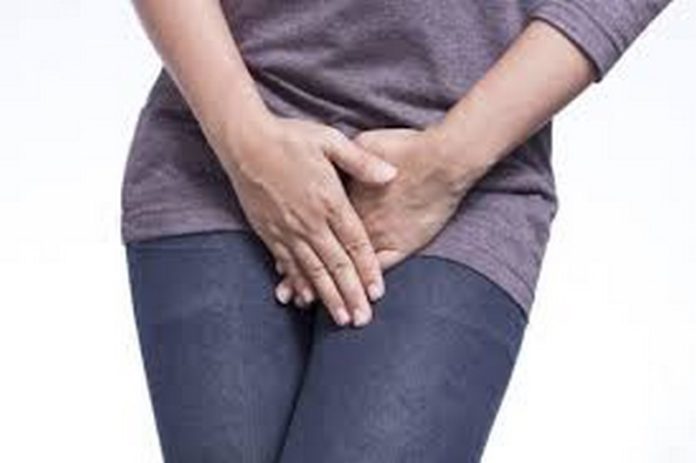Medically, pH is a measurement of how acidic or alkaline (basic) a substance is. The scale runs from 0 to 14. A pH of less than seven is considered acidic, and a pH of more than seven is basic.
The pH level of your vagina, whether it’s acidic or basic, plays an important part in determining whether it’s healthy.
What is normal?
A normal vaginal pH level is between 3.8 and 4.5, which is moderately acidic. However, what constitutes a “normal” pH level can vary slightly based on your stage of life.
For example, during your reproductive years (ages 15 to 49), your vaginal pH should be below or equal to 4.5. But before menstruation and after menopause, a healthy pH tends to be higher than 4.5.
So why does vaginal pH matter? An acidic vaginal environment is protective. It creates a barrier that prevents unhealthy bacteria and yeast from multiplying too quickly and causing infection.
Risks
A high vaginal pH level, above 4.5, provides the perfect environment for unhealthy bacteria to grow. Having a high vaginal pH puts you at risk for these infections:
Bacterial Vaginosis (BV) is a bacterial overgrowth condition that causes a “fishy” odor, along with an unusual gray, white, or yellow vaginal discharge. It can also result in vaginal itchiness and burning during urination.
BV isn’t necessarily harmful in itself, but women who have this condition are at increased risk for more serious infections, like Human Papillomavirus (HPV), herpes simplex virus, and HIV.
Trichomoniasis (trich) is a sexually transmitted disease (STD) caused by the parasite Trichomonas vaginalis.
Trich usually doesn’t cause symptoms in the majority of those infected, but it can increase your risk for other, more serious STDs, like HIV.
An acidic vagina usually doesn’t cause disease. But if the acidity rises too much, it might reduce your fertility. Sperm thrive in an alkaline environment. The optimal pH for them to swim is between 7.0 and 8.5.
During sex, the pH level inside the vagina temporarily rises, making the normally acidic environment more alkaline to protect the sperm so they can make their way to the egg.
What affects your pH balance?
Your vaginal pH can get unbalanced by many things you probably encounter on a regular basis, including menstruation (because blood is pH neutral, which is a higher pH than your optimal, slightly acidic vagina), tampons that have been inside you for too long, and diet (including sugar and gluten, which proponents of the alkaline diet plan think make you more acidic).
Furthermore, antibiotics can knock out the good flora while they’re destroying the bad bacteria they’re supposed to be fighting. Finally, semen is one of the biggest culprits when it comes to knocking your lady parts out of whack so ensure you’re peeing and washing immediately after unprotected sex.
3 ways to re-balance your vaginal pH level
1. Apple Cider Vinegar
Apple cider vinegar is a natural antibiotic. As its name indicates, it is acidic, which makes it helpful if your pH has become too basic. But, this does not mean you should put it on or in your vagina.
You can use apple cider vinegar on your salad and not your vagina and you can also cut it with water and drink it because including it in your regular diet can even prevent imbalance.
2. Yogurt
Yogurt contains lactobacillus, a good bacteria that helps fight bad bacteria in your intestines and vagina and helps your vagina stay in the optimal pH range. Eating yogurt regularly can prevent your vagina from becoming too basic and even help recolonise a vagina with BV with good bacteria, says the Mayo Clinic.
3. Probiotics
You can buy the same probiotics that make yogurt a powerful vagina ally in pill format to help prevent basic vaginal pH. You can buy them as regular pills you swallow with your mouth to prevent pH imbalance.

